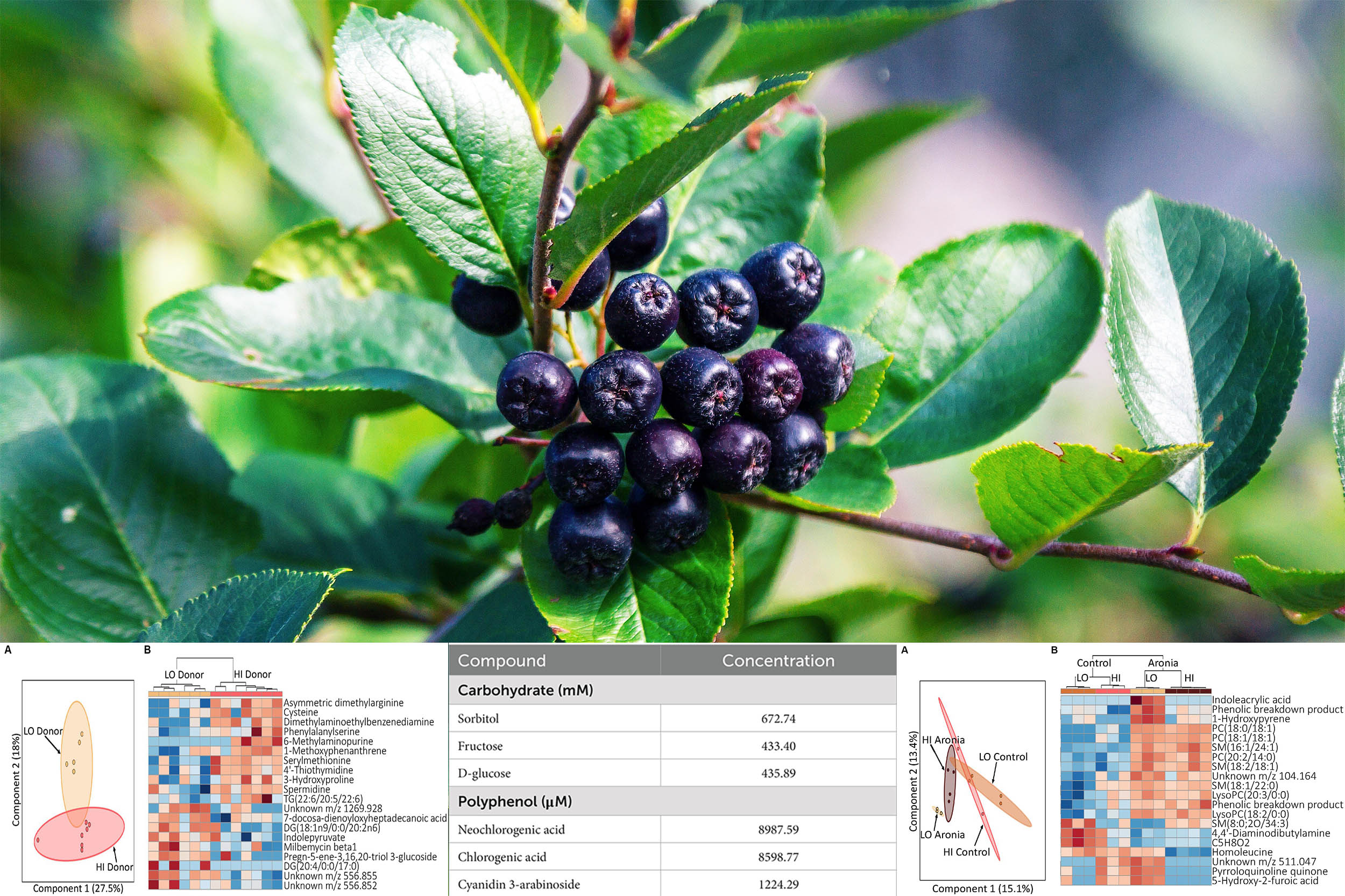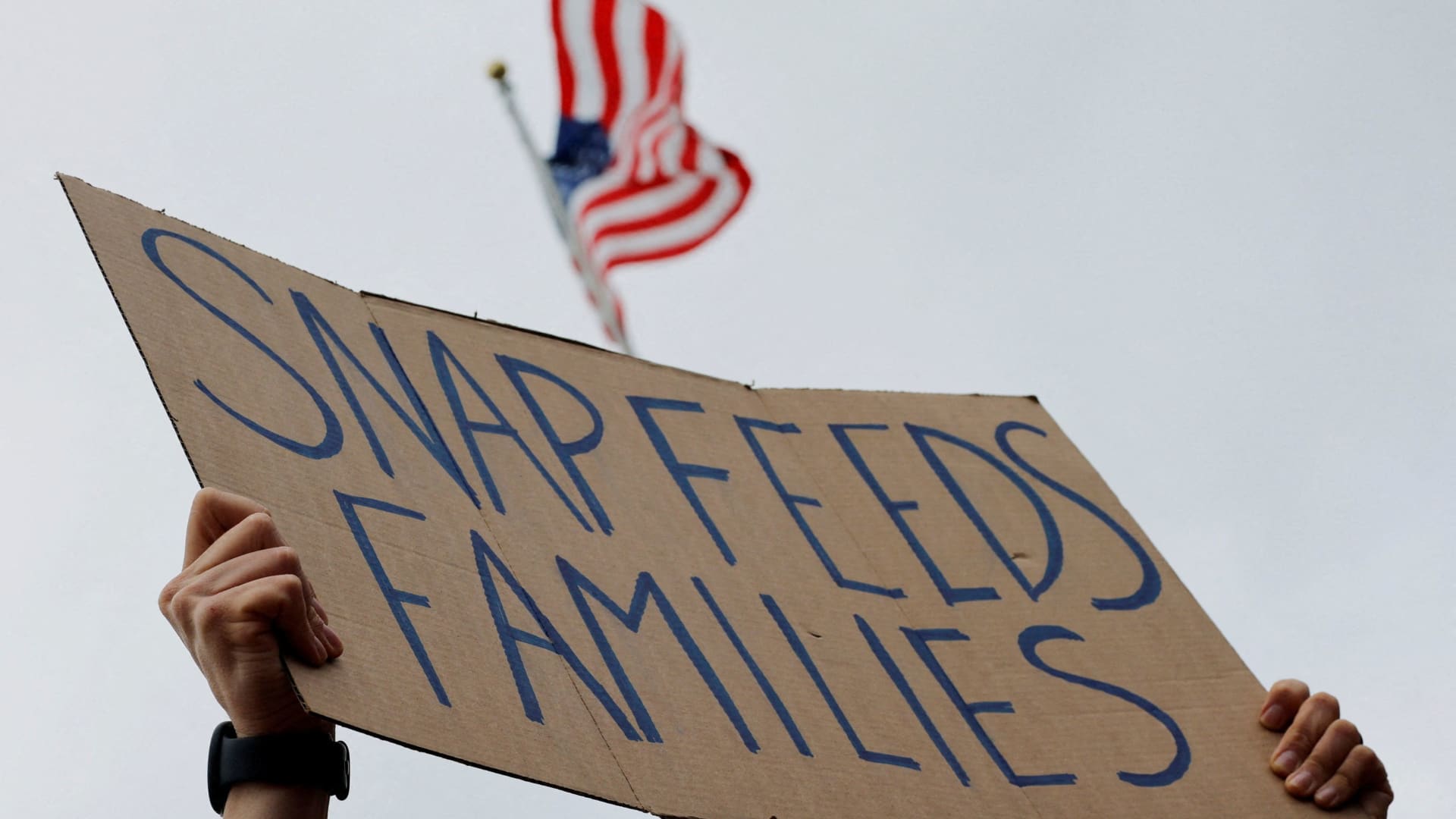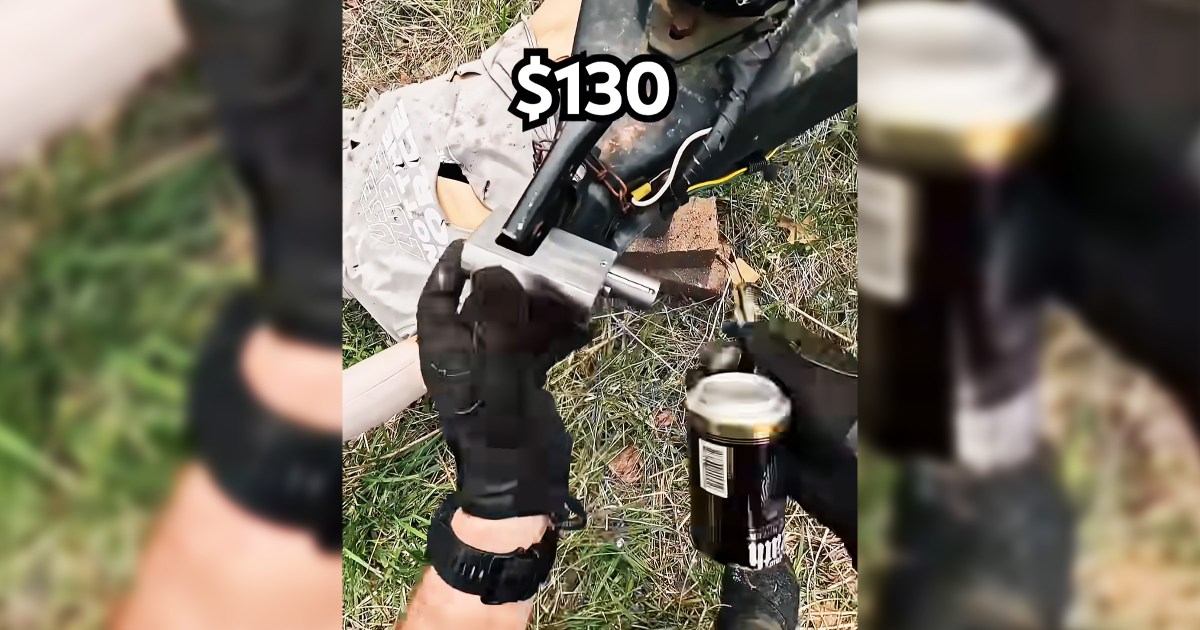A man holds a sign reading “SNAP Feeds Families,” as food aid benefits will be suspended starting November 1 amid the ongoing U.S. government shutdown, during “A Rally for SNAP” on the steps of the Massachusetts Statehouse in Boston, Massachusetts, U.S., October 28, 2025.
Brian Snyder | Reuters
Nearly 42 million Americans are days away from missing their monthly food stamp check as the government shutdown enters its 28th day.
The Trump administration has said funds for the Supplemental Nutrition Assistance Program, or SNAP, will not be distributed if the federal government is still shut down on Nov. 1. With little movement toward a resolution on Capitol Hill, Congress appears set to blow past that deadline.
The expiration of aid would have a devastating effect on millions of households already struggling to afford food, and force people across the country to seek help at food banks. The lapse in that spending would also have a ripple effect on the economy, from small grocers to massive chains like Walmart and even retailers that sell discretionary merchandise.
There will be “an immediate effect on the purchasing mix” toward lower profit margin groceries and household staples, and the potential for more theft as food budgets dry up, Wolfe Research analyst Spencer Hanus wrote in a note to investors Monday. Consumer confidence among lower-income Americans could also take a hit heading into the holiday season, Hanus said.
SNAP recipients received an average of about $187 per month in fiscal 2024, according to government data. Among those beneficiaries, 73% live below the poverty line, which is currently $32,150 or less for a family of four.
Following years of high food inflation and other recent hits to the size of government benefits, the loss of that assistance would be a massive blow to many low-income Americans.
Consumers who use SNAP benefits to pay for groceries spend more, and shop more often, than other shoppers, according to data from Numerator.
On average, a SNAP beneficiary spends $832 per month on groceries, 20% more than a non-SNAP shopper, though the amount spent on each trip averages 12% less, or about $20.80 per outing, the market research company said. SNAP shoppers visit more retailers per month at 6.6, compared to 6.1 for people who don’t receive the aid, according to Numerator.
Hanus said his firm is seeing Google search interest for “food banks” and “food stamps” surge as SNAP beneficiaries look for alternatives. While there is often a spike in interest in those terms around Thanksgiving, he said “it is up materially year over year, implying that this consumer is feeling a shock here.”
The potential loss of aid from the shutdown is the second recent hit to government food assistance programs for lower-income Americans. The One Big Beautiful Act legislation passed by Republicans this year cuts SNAP benefits by an estimated 20%.
Hanus estimates the spending changes in the bill equate to a 1.5% to 2% hit to retail industry sales.
The retailers most reliant on SNAP benefit spending
A person shops at a Dollar General store on May 28, 2025 in Chicago, Illinois.
Scott Olson | Getty Images
While there are different ways to consider how a lapse in SNAP benefits could impact retailers, grocers will likely take a hit. And the effects could reach employees.
“Often, grocers’ staffing and inventory are planned around benefit cycles, so a lapse could lead to reduced employee hours, perishable food losses, and declining sales,” industry group the National Grocers Association said in a statement. “Furthermore, when benefits are restored, the resulting surge in demand could strain supply chains nationwide.”
Numerator data shows Walmart, Dollar General and Dollar Tree are more likely to cater to SNAP shoppers, while Target, Costco and Amazon-owned Whole Foods are less likely. Hanus estimates a high-single digit percent of Walmart’s sales are related to SNAP, while Dollar General and Dollar Tree are in the mid-single digits.
But SNAP users spend the most annually on groceries at Walmart, followed by Kroger and Costco, according to Numerator.
Customers enter a Walmart store on April 09, 2025 in San Leandro, California.
Justin Sullivan | Getty Images News | Getty Images
Walmart is the country’s largest retailer, and its largest grocer. It also captures significantly more SNAP grocery spending than competitors, Numerator found. More than 94% of SNAP shoppers have bought food there in the past year, with an average annual spend of $2,653, or 26% of the cohort’s annual grocery spending.
Just under half, or 48.8%, of all SNAP recipients shopped at Kroger in the past year, spending an average $1,687.67 annually, or 8.6% of the group’s total yearly grocery spend.
While it requires a membership to shop, Costco takes the third spot for where SNAP users buy groceries by average annual spend at $1,482.98. Walmart-owned membership club Sam’s Club captures the fourth spot for share of spend at 3.8% and does offer discounted memberships for new members who verify participation on a government assistance plan.
Walmart referred CNBC to the National Retail Federation, which said cutting off funding for food aid “creates a crisis for millions of American families.” Albertsons referred CNBC to the Food Industry Association, which called on Congress to reopen the government and “ensure that these vital programs remain dependable for those who have to rely on them to get them through a difficult time.”
Costco declined to comment. Kroger, Dollar General, Dollar Tree, Amazon and Whole Foods did not immediately respond to requests for comment.
In all, 3.6% of U.S. in-store grocery trips paid using the government’s SNAP or Women, Infants and Children benefits in 2025 through September, which is down from 3.9% in 2024, according to Numerator. That share has fallen from the pandemic peak of 6.5% in November 2021, when there was an additional emergency allotment.
However, more grocery trips are funded with SNAP benefits now than pre-pandemic, when between 2.2% and 2.8% of groceries were purchased under the program in all of the months between February 2019 and February 2020.
The impact beyond grocery
If SNAP funding expires, recipients may buy less of other goods, too.
“Fewer dollars in the consumers’ wallet forces a reallocation of discretionary dollars towards food and more tepid spending overall,” said Wells Fargo equity analyst Edward Kelly in a note to investors last week. He noted that retailers reporting earnings in November may say they have seen weaker discretionary spending during that month due to the food assistance expiration.
While there has never been a time when the federal government has not come up with a contingency for SNAP funding during shutdowns, states are beginning to step in. New York Gov. Kathy Hochul is working on $30 million in aid for impacted New Yorkers.
Plus, missed SNAP benefits should be paid in arrears once the government reopens — though it’s unknown when that will be.
“We’d expect an eventual resolution of the government shutdown, which could mean a windfall for low-end consumers into peak shopping season as missed payments are made up,” Kelly said.
First Appeared on
Source link













